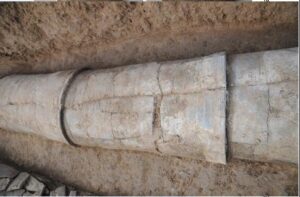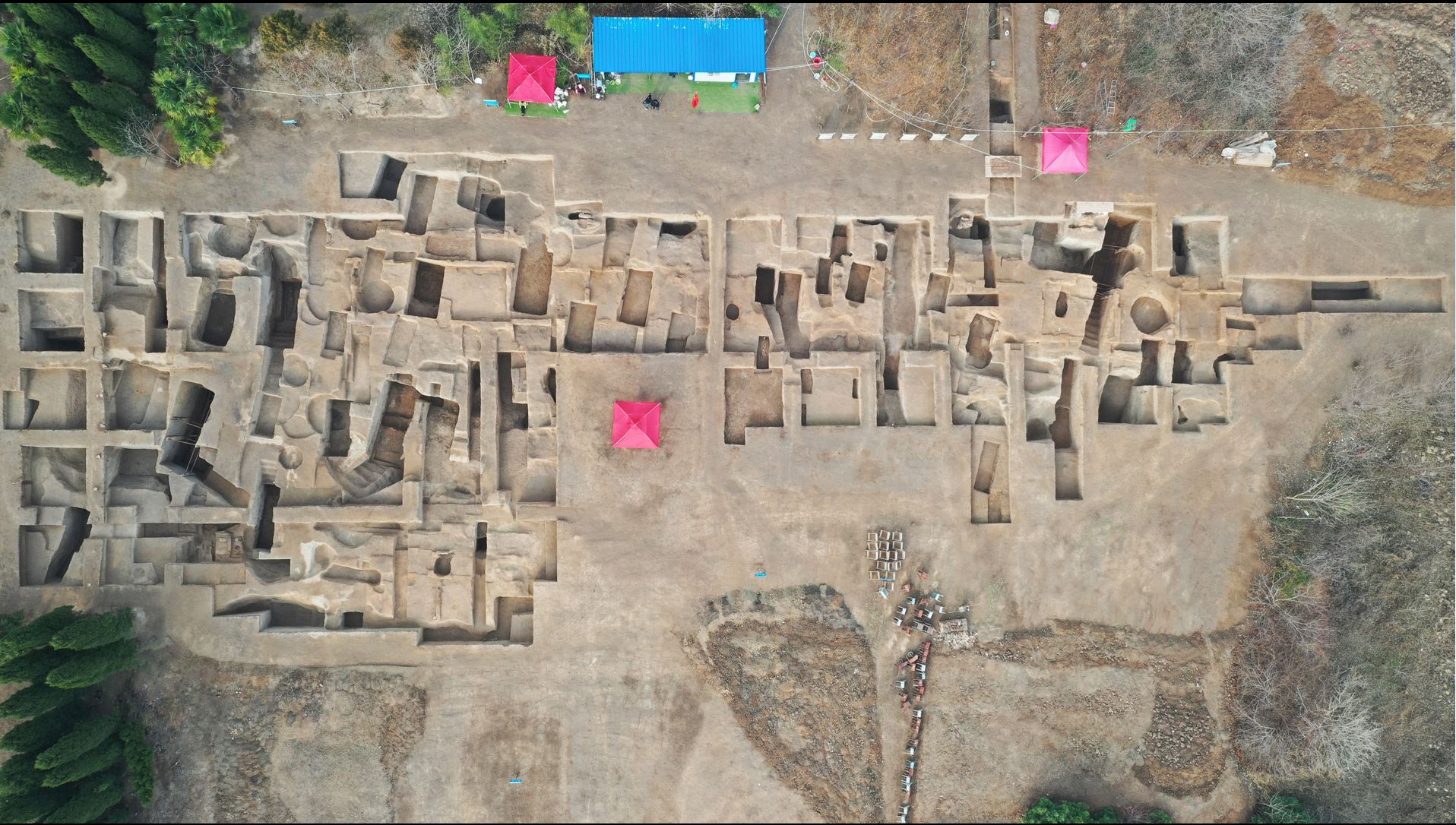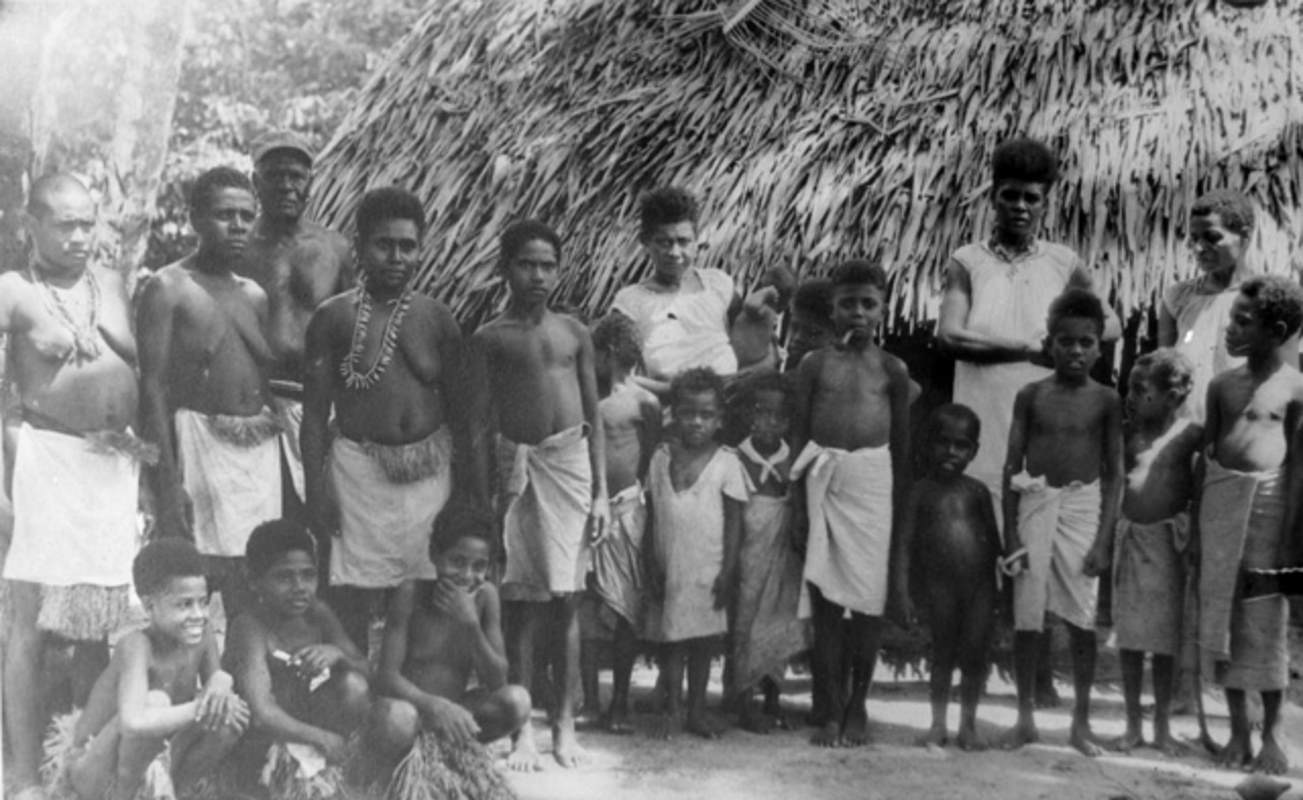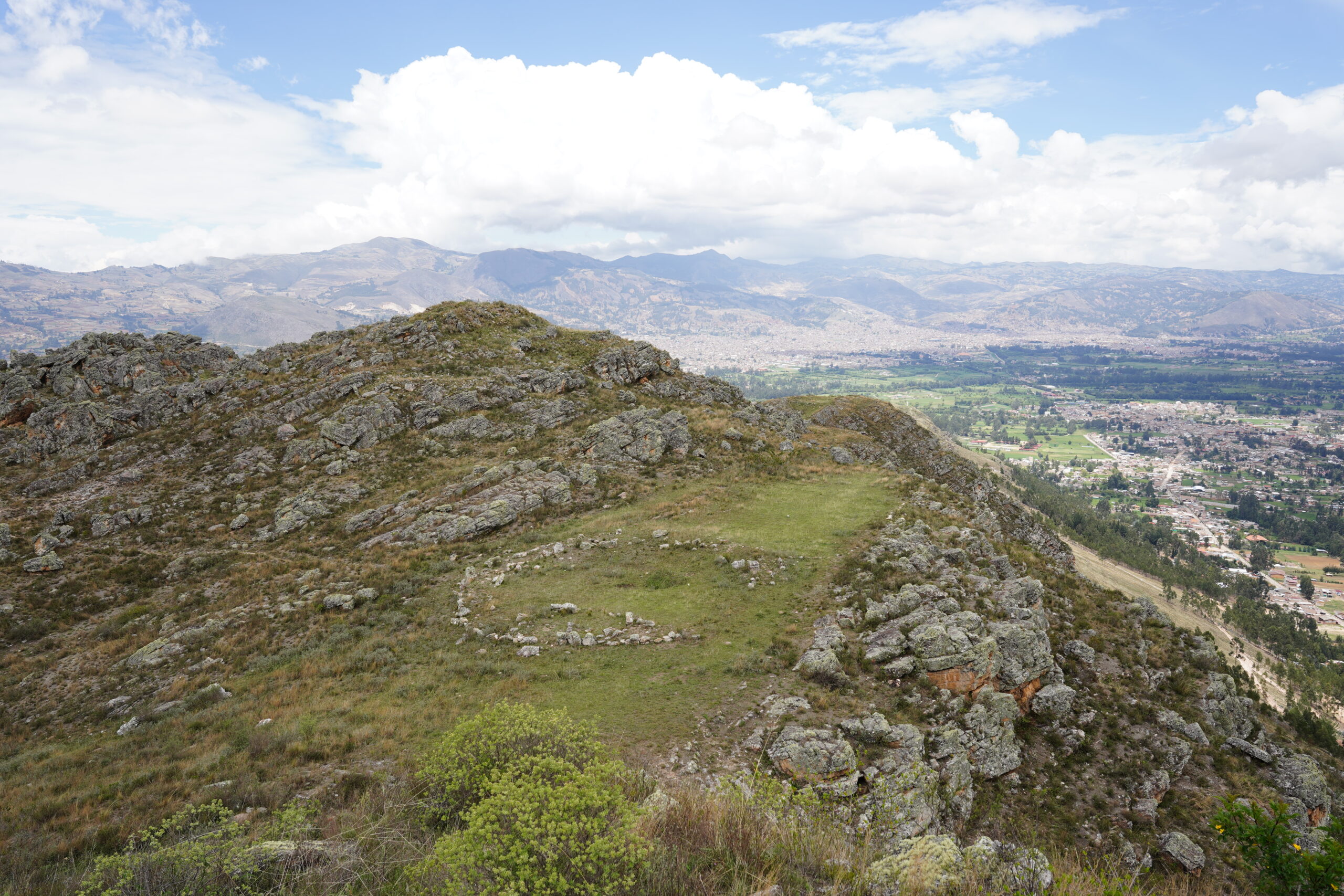Story at a glance…
-
The world’s oldest ceramic drain pipe system has been identified and described in China.
-
The pipes allowed a society to flourish in permanent settlements despite monsoon rainfall and regular flooding.
-
The archaeologists believe the drains show that top-down coercive power isn’t required to develop sophisticated water management infrastructure.
It was at the very dawning of civic life among humans that a group of communal Chinese on the northeastern plains invented a sophisticated drainage system to combat flooding in their extremely wet environment.
Utilizing their master pottery skills, buried segments of ceramic pipes drained water from the elevated town of Pingliangtai into drainage ditches, and eventually a moat. Described for the first time in the journal Nature Water, its discovery is a major milestone in early human history for many reasons.
First, it’s possibly the oldest ceramic pipe system ever found in the world, and certainly the oldest in China. Second, it provides an alternative explanation for the possible trajectories of human civilization, away from a scenario where control of hydrological resources was dominated by centralized authorities and despots, to one of communal organization and mutual governance.
“There is no strong social stratification within and between settlements in the Eastern Central Plains,” says Zhuang Yijie, a co-author on the paper. “Thus, there might be no pyramidal power structure in this region”.
There really was a belief, put forward by a German-American Sinologist named Karl August Wittfogel, that control of water resources was indeed the very birth of coercive state power. This was supported, it was believed, by the mythical tale of Great Yu’s heroic taming of floods of the Yellow River and the subsequent founding of the semi-legendary Xia Dynasty.
This scholarship has been widely disproven however, and the excavations at Pingliangtai encapsulate just how communal water management was in late Neolithic China.

A wetter world
The Pingliangtai site was excavated by the Henan Provincial Institute of Cultural Heritage and Archaeology and Peking University from 2014 to 2019.
“All members of our [study] team took part in the excavation,” Zhuang told WaL. “The site was first excavated in the last century and a set of ceramic drainpipes near the southern gate was revealed at that time. However, it was in 2016 when we realized there might exist a well-planned drainage system since several ditches running parallel to houses were found”.
This realization led to this profound discovery, and the authors believe that Pingliangtai demonstrates how environmental vagaries, technological innovations, and social institutions converged to form a ‘cooperative social governance’ on water management, which provides a different model for the origins of hydro-sociality in ancient East Asia
“Because of our focus on water as intangible evidence of cooperative human actions, it also offers a unique perspective on the evolution of human cooperation,” they add.
Of the environmental vagaries, the main one was the monsoon climate. 4,200 years ago in the Hauiyang District, located on the vast, 387,000 square-kilometer Huanghuaihai Plain of Central China, the rainy season routinely brought 500 millimeters, or nearly 20 inches of rainfall per month. Alluvial flooding was common on the plain, which was scattered with raised ground that proved the only suitable place for permanent settlement.
All this water made it excellent farmland, and cultivation of millet and rice was widely adopted by communities in Huaiyang, stimulating profound socioeconomic changes in diet, land use, and population—leading to the growth of large towns on the hilltops, which also gradually became walled like Pingliangtai.
“In this wet environment, the Pingliangtai people developed innovative hydraulic technologies to tackle acute and chronic problems on water management,” the authors continue. “One of the chronic problems facing Pingliangtai society was the severe weathering of earthen architecture”.
Soil analysis shows that some of the buildings, made of mudbrick, had to be rebuilt five times due to water erosion and damage. The mudbrick was often reinforced with straw or grass, as well as calcium carbonate to make it last longer under the humid conditions.
One of those technologies, which may have made habitation there possible in the first place, was the first drainage system potentially in history to be made of ceramic pipes.

Another Chinese innovation
“Pottery is an essential element of Neolithic China, the earliest of which could date back to 20,000 years ago,” says Zhuang. “Late Neolithic China witnessed significant breakthroughs in pottery technologies, the most important of which is the wheel technology”.
“People at Pingliangtai were proficient in wheel throwing, thus, they could make a vast bulk of daily pottery as well as ceramic drainpipes. Polished stone tools are also found at the site… [and] ruts in the road indicated the wheel [sic], unfortunately, we haven’t found a wheel by now,” he added.
In the southeastern quadrant of the walled settlement, rows of mudbrick houses perpendicular to the road had drainage ditches in front and behind, connected in places with segments of ceramic drain pipes in much the same way one would see a culvert under a road today. Another series of ditches were made along the north-south axis of the site, likely alongside the road. The ditches were routinely dredged, as evidenced by the buildup of fine silt at the bottoms.
Measuring 30-40 centimeters in length and 20-30 in diameter (12×15 and 8×12 inches respectively) the segments of pipe fit one over the other wide-end to thin-end like cups. Most of the pipes followed the road down to the southern gate of the settlement, where the largest and most active ditches were discovered by the archaeologists.
Altogether, this drainage system fed a moat around the city like a medieval French castle. Zhuang couldn’t say for certain that the moat was the ultimate endpoint of the whole system, nor could he say for certain that the moat was only used for drainage and not also as a means of defense.
“Pingliangtai was a medium-sized community; our estimation of the population based on the number and capacity of the rowed houses suggests 460–600 people at the time,” the authors write, pointing out that this would have necessitated diligent communal engagement with all of these public works, including the wall.
They estimate that because the drainage system was operated collectively starting at the level of the individual household, there would have been a very low level of social stratification—a hypothesis supported by the fact that grave goods from a town cemetery near the southern gate revealed very little difference in wealth between those interred.
Chinese imperial history has featured many episodes of top-down, despotic organization of labor related to irrigation and water management. Qin Shi Huang, the first emperor of the Qin Dynasty, ordered the construction of the Grand Canal, which would become the longest canal or artificial river in the world by 600 CE during the Sui Dynasty.
Nearby Pingliangtai, and around the same period, the Liangzhu Culture and its city-state in the pre-imperial Chinese world completed China’s oldest water-control enterprise in the form of an impressive series of dams, levees, and ditches. However, in total contrast to Pingliangtai, the site was extremely stratified, with evidence of palace complexes, an elite society, and luxury goods.
“In contrast to the… viewpoint that often posits a linear relationship between social power and the organization of hydraulic enterprises, water management at Pingliangtai on the Eastern Central Plains was not simply a top-down or bottom-up operation,” the authors conclude. “Rather, the collective human actions or ‘collective struggles’ on water management at both household and communal levels in a precarious monsoonal setting gave rise to the cooperative social governance without a centralized hierarchy”. WaL
PICTURED ABOVE: Excavations on the housing blocks at Pinliangtai. PC: Yanpeng Cao.



